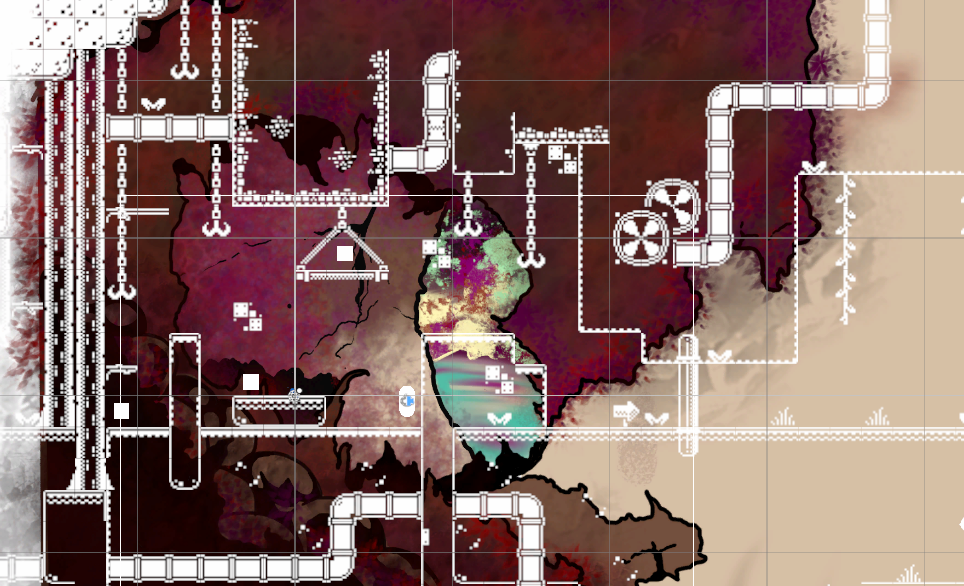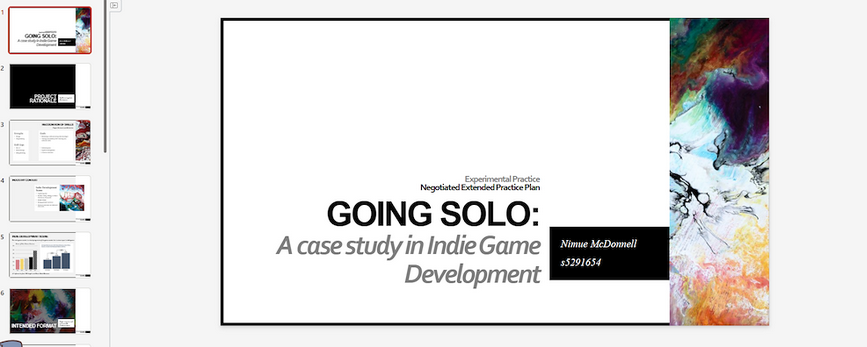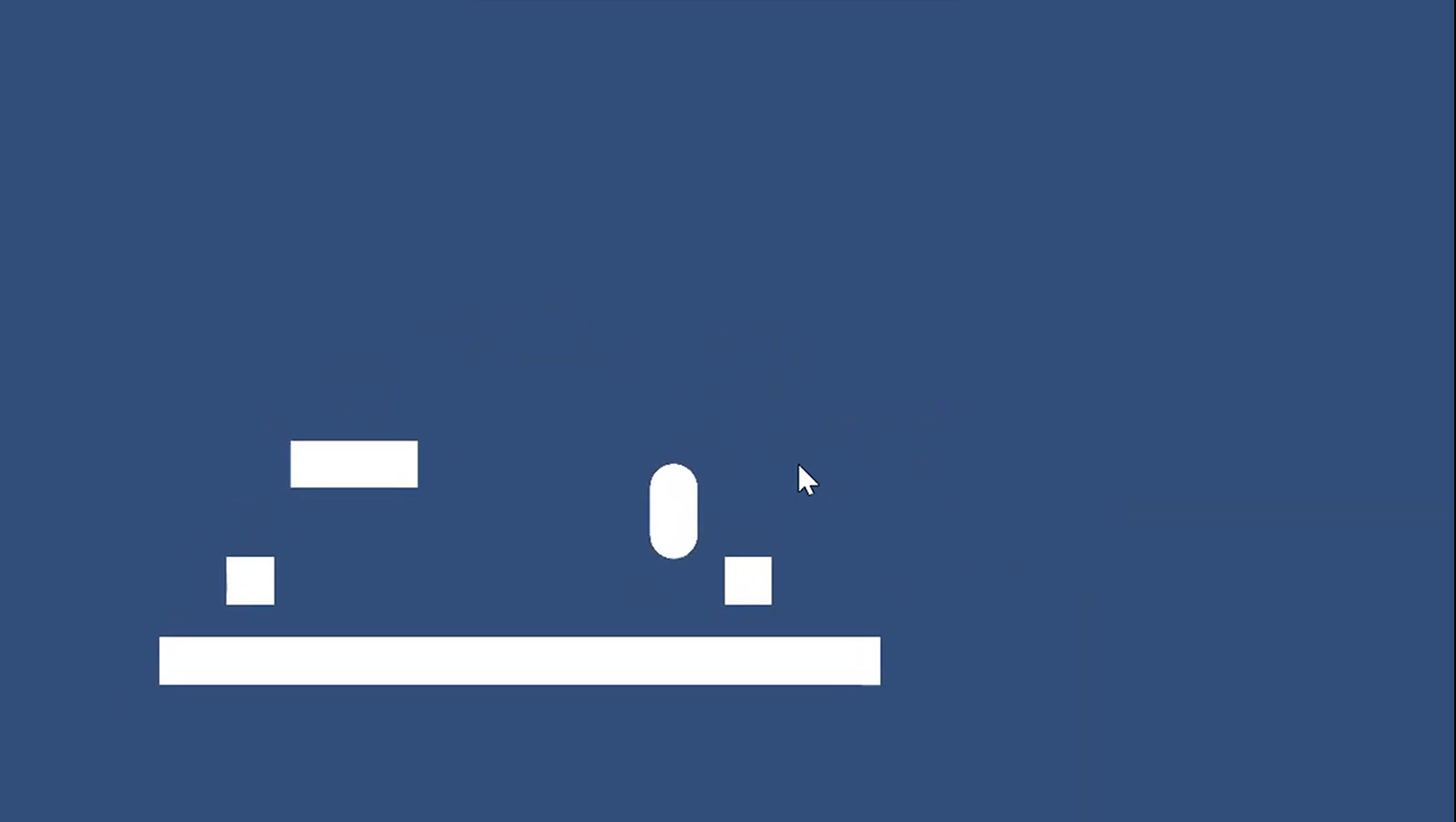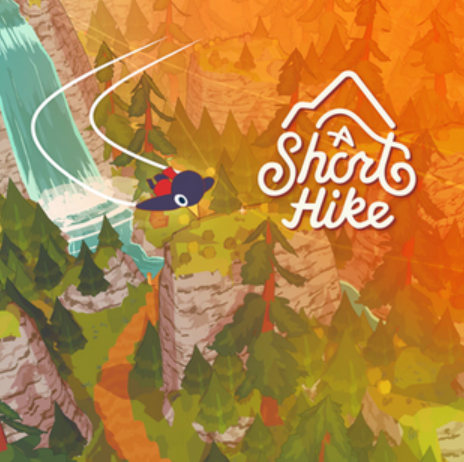Devlog #1
Hi, I’m Nim, a game design student and aspiring solo developer. Going Solo is my trimester-long experiment in creative independence: can I take a small idea and see it through to a complete, publishable game on my own?
This project is being developed alongside my Game Studio work, which you will find over at Homely Haunting, where I’m taking on heavier programming duties to support my team while some members are overseas. That makes Going Solo both a creative outlet and a practical test of my ability to self-direct under pressure, something every indie developer faces sooner or later.

Establishing Direction
At first, the openness of this subject was daunting. With no strict theme or format, I had to define my own limits. I decided on a few personal rules to keep the project manageable and meaningful:
- Have fun with the process
- Ensure the result is portfolio-ready
- Keep scope tight enough to avoid competing with Game Studio
- Build around my strengths (programming, design)
- Focus on simple 2D mechanics and environmental storytelling
This framing helped me avoid over-scoping early and gave me permission to explore creative systems without the pressure of making something “big.”
The Plan
The core of Going Solo is a minimalist 2D exploration platformer built in Unity. It features:
- A tile-based inventory system inspired by Resident Evil 4 and Backpack Hero
- A short, non-linear map designed for exploration and scavenging
- Storytelling through environment and
- Collectibles rather than dialogue
My development timeline look like this:
- Weeks 1–2: Submit Assignment 1 early, prototype core systems
- Weeks 3–5: Build basic levels and refine player mechanics
- Weeks 6–8: Integrate art, sound, and post-processing
- Weeks 9–10: Playtesting and iteration
- Week 11: Final submission and itch.io release

Progress Update
Goal: Basic overview with GDD to guide me. Criteria and timeline to finish including goals
This week, I built the foundation for my tile-based inventory system. Key features implemented:
- Grid-based inventory logic (5x5)
- Support for picking up and placing items
- Item rotation and grid snapping preview
- Swapping logic when trying to place an item where another exists
- Cancel-to-discard mechanic
- 2D movement: Jump, Dash, Move
I worked through several bugs with preview snapping, coordinate conversions, and interaction flow. I also iterated on structure, such as combining UI and grid logic while keeping gameplay logic decoupled. Though it’s still a bit fragile, the system now works end-to-end in a basic test scene.
I’m slightly concerned about how buggy the inventory remains, especially with snapping and rotation, but I’m proud of having built it mostly from scratch. As I continue, I’ll refine this system and move toward integrating it with the rest of the gameplay loop.

Inspiration
Crafting A Tiny Open World: A Short Hike Postmortem
This week I also looked at a post-mortem for the indie game A Short Hike. Made by a solo developer and completed within 3 months I thought that this would be a good place to start for both inspiration and guidance. The video was particularly interesting in encouraging me to work with my limitations, just like me the developer was not a great artist so instead he used technical art to elevate and refine his art style as well as to cut back on time needed to actual create the assets. I am going to follow in his foot steps and look at using post processing and other technical design decisions to cut back on the time it will take to implement and create a cohesive art style.

Going Solo
What Remains Must Wake
| Status | Prototype |
| Author | NimueS |
| Genre | Platformer |
More posts
- Devlog #314 hours ago
- Design Diary: Character Movement #514 hours ago
- Design Diary: Character Movement #414 hours ago
- Design Diary: Character Movement #314 hours ago
- Design Diary: Character Movement #214 hours ago
- Design Diary: Character Movement #114 hours ago
- Devlog #214 hours ago
- Design Diary: Tile-Based Inventory System #514 hours ago
- Design Diary: Tile-Based Inventory System #414 hours ago
Leave a comment
Log in with itch.io to leave a comment.